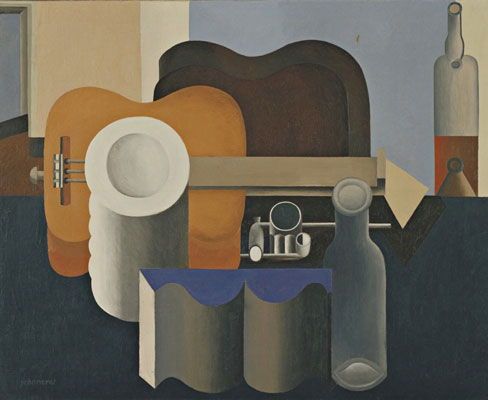Purism has no place in film

Perhaps because it’s an industry where you have nothing to show for your skills until you have a movie out, young filmmakers develop ways to show that they are good at what they do. I’ve found myself in many a contest over who has seen more Kurosawa films or tips on lighting a scene, and it’s all fairly annoying.
The worst and most insidious, though, is the idea of some technique or set of techniques as pure and fundamental to making films. “If you don’t use actual film, you’re not really making a movie.” Another one I heard last night, referring to punching in on a 4k image to reframe shots: “It’s cheating.”
Cheating is a funny word in a profession whose goal is to create the illusion of an artificial world that doesn’t actually exist. Cheating implies that using technology to the fullest is lazy and implies poor preparation – that there is something sacred and important about doing things the way they were done by previous generations. But that is not in line with the history of this great medium.
The history of film is the history of the down and dirty hack. Lights can be strung up with duct tape or on professional stands – what matters is only the final work you produce, and in producing that work film is about utilizing all your assets to the fullest. If a new tool makes one thing easy, then use the extra time or money you’ve been given to do something else better.
I love the look of 35mm film, though I rarely want it for my own work. Compared to digital, film to me feels like it sits between the viewer and the characters. It’s a (now expensive) stylistic choice, and if that works for you then do it..but don’t pretend your work is more important or correct from having made that one choice.
I punch into shots when I am editing. I relight scenes in color correction. (You can see a before and after of that here.) I shoot a bunch of takes and roll during rehearsal. Because of this, when a singular acting moment shines through on an actor’s face, I can use it…purity be damned.
